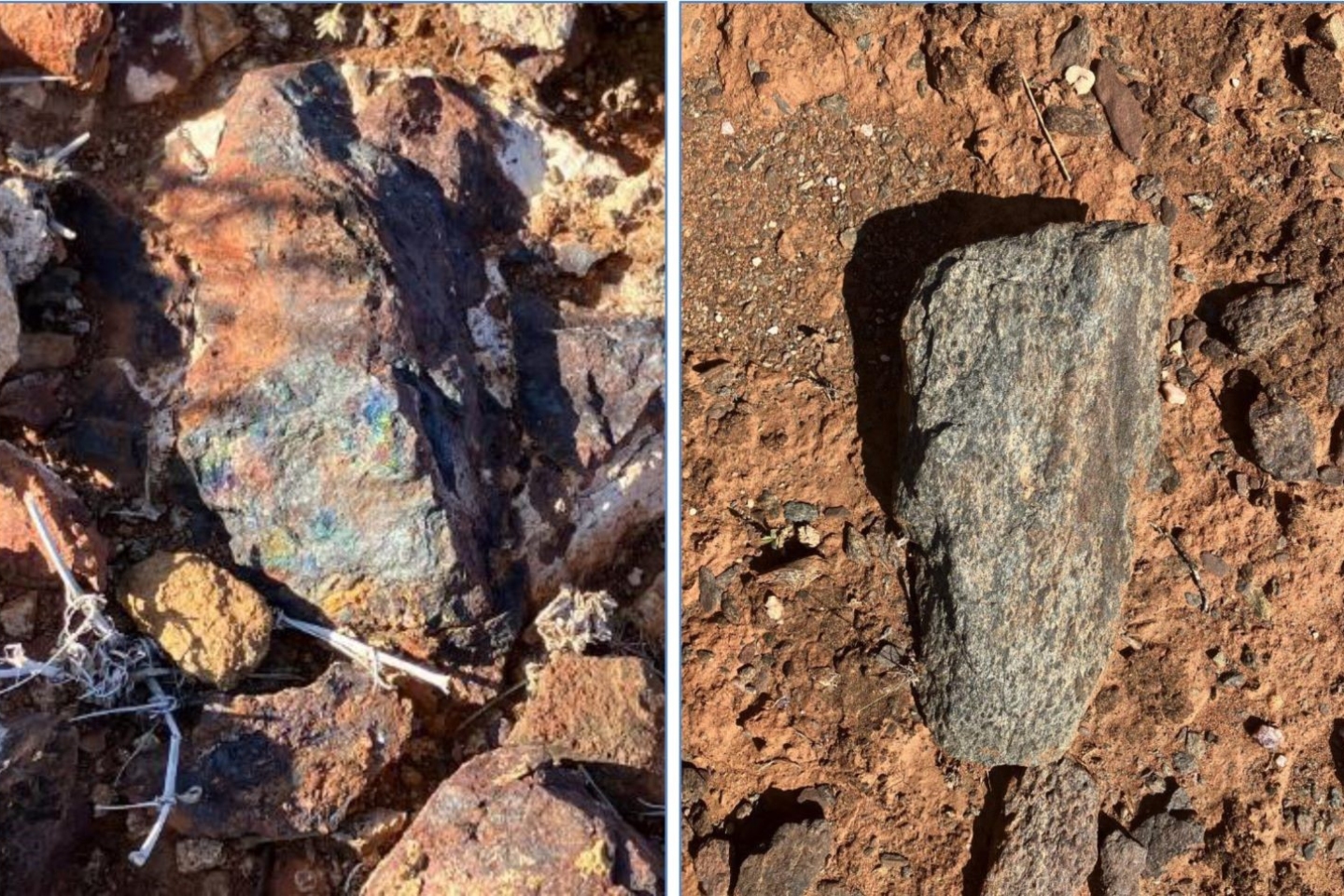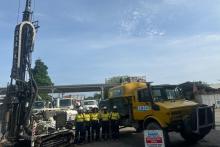Estrella Resources has utilised a next-generation helicopter-borne electromagnetic geophysical system to identify several new conductor anomalies at its Carr Boyd project in Western Australia’s Goldfields region. Multiple anomalies through a 5km strike length along the Colreavy komatiite have been recognised and, importantly, the “Target EM” system has also identified a new 3km linear zone under cover to the south of the Carr Boyd intrusion.

Estrella Resources has utilised a next-generation helicopter-borne electromagnetic geophysical system to identify several new conductor anomalies at its Carr Boyd project in Western Australia’s Goldfields region.
Multiple anomalies through a 5km strike length along the Colreavy Komatiite have been recognised and, importantly, the “Target EM” system has also identified a new 3km linear zone under cover to the south of the Carr Boyd intrusion.
The Carr Boyd nickel project, 80km north-east of Kalgoorlie, takes its name from the Carr Boyd igneous complex, a mafic igneous complex with a 78-square-kilometre surface expression that hosts several nickel and copper sulphide occurrences. The most significant is the Carr Boyd Rocks nickel mine, which is on the western margin of the complex.
The Target EM system contains structural, electrical and software improvements from previous helicopter-borne EM systems that have greatly enhanced the sensitivity and depth of investigation. The bedrock anomalism identified by the system correctly located known nickel-copper-sulphide mineralisation at T5, Carr Boyd and Broonhill. Processing of the new data by Expert Geophysics and Southern Geoscience Consultants will be ongoing.
Estrella Resources managing director Chris Daws said: “We are thrilled to be able to present the initial results from the deployment of the Target EM system, which
is an extremely advanced helicopter-borne electromagnetic survey. The survey was run across 253km2 of our Carr Boyd tenure and has revealed a number of exciting anomalies. Firstly, the survey has highlighted a series of primary bedrock anomalies which coincide with the Carr Boyd mine and T5 Discovery, as well as a secondary bedrock anomaly at Broonhill. The interpretation of anomalies at the locations of primary sulphides increases our confidence in the technology.”
Boots-on-ground investigation of the geophysical anomalies reveal that many of them relate to areas of interest identified by a recent exploration review. The anomalies at Colreavy appear to be related to komatiites, although no outcrop is visible.
To date, only one drillhole has tested the prospective 5km of strike and komatiites were recovered with interfingering pyritic rocks. That is exactly the right style of geology to host a Kambalda-style nickel deposit.
Estrella has previously identified the area as one of its highest exploration priorities. A program of works to drill Colreavy has now been granted and flora surveys have recently been conducted ahead of gaining clearing permits to set up for drilling.
googletag.cmd.push(function() { googletag.display('bn-dfp-article-lb2-advert'); });The company says the new 3.3km-long southern conductor discovered strikes west/north-west to the south of the Carr Boyd intrusion. Ground-mapping revealed a mixed sequence of mafic sediments, intrusive pyroxene sills and basalts.
Interestingly, the trend contains a coincident gold anomaly related to Great Boulder Resources’ Whiteheads trend that extends from Gindalbie, 25km to the south. Surface gossans have been analysed and show elevated copper and arsenic.
Estrella drilled in the area in 2002 and intersected low-grade gold in a sulphidic shear zone to the north of the newly-identified anomaly.
Several bedrock anomalies to the northern end of the intrusion have also been identified, in addition to an internal anomaly east of the Porphyry Hill horizon at a prospect historically named “Tektite Hill”, which is a layered sequence of prospective mafic gabbroic rocks.
Estrella says the “strength” of its new southern conductor provides a primary target, prompting it to accelerate drilling plans. It appears there are busy times ahead.
Is your ASX-listed company doing something interesting? Contact: matt.birney@businessnews.com.au
















